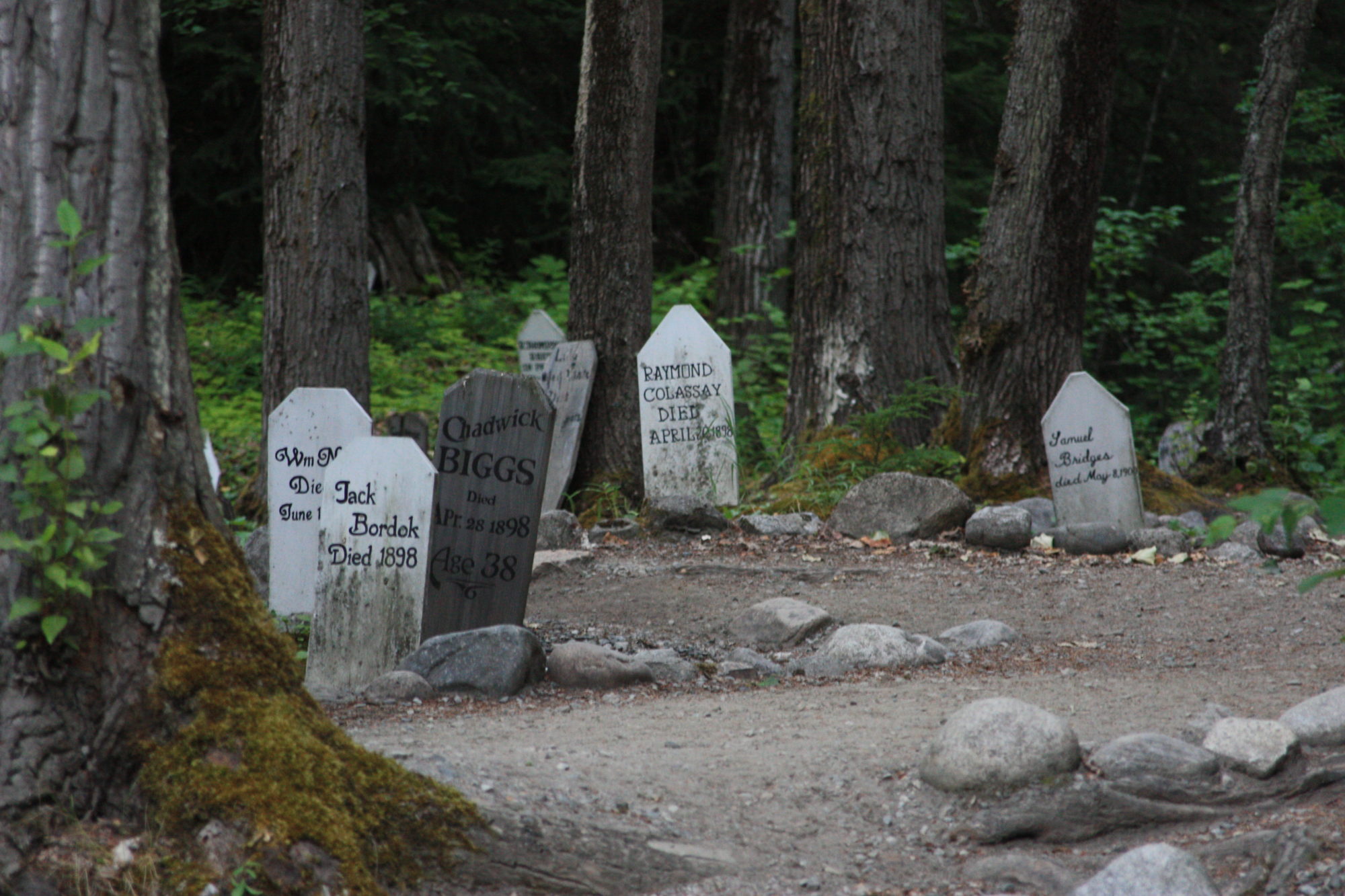
Doctor Leonard Sugden was born in June of 1873 in Scotland. He first came north on a whaling vessel and practiced in Juneau. In 1897, he headed for the Klondike but had to winter at Marsh Lake, where he built a cabin and worked as a doctor for the NWMP. When the real gold rush began in 1898, he helped pilot boats through Miles Canyon and the White Horse Rapids. Dr. Sugden stayed in the Yukon. He was the inspiration for Robert Service’s poem, the Cremation of Sam McGee when Service heard of the story of Dr. Sugden hauling a corpse to Tagish and contacting the family in Tennessee to get permission to cremate the remains.
Sam Steele mentioned in his memoirs that Dr. Sugden once hauled a woman 100 miles on a sled to get her to medical help and safety.
Dr. Sugden married in 1906 and moved to the Kluane area where he mined, hunted big game and bought a Prizma movie camera. With it he produced, in 1915, a film called The Lure of Alaska which played to rave reviews across America and Europe.
The film includes shots from the Seattle harbor and along the coast of Alaska and features scenes of Juneau, Sitka, Skagway, a midnight baseball game in Dawson City, a caribou herd swimming in the river, and icebergs calving from glaciers. The movie also includes scenes of Sugden piloting a raft through the Whitehorse Rapids.
The New York Times in 1917 wrote:
“Seldom have nature pictures been such a combination of thrills and wild beauty. They are a notable accomplishment of the camera and Dr. Sugden’s nerve.”
Unfortunately, Dr. Sugden’s life of adventure ended suddenly in 1923 when he fell off a barge into the Stewart River near Mayo and drowned. He was 50 years old.
A CKRW Yukon Nugget by Les McLaughlin








